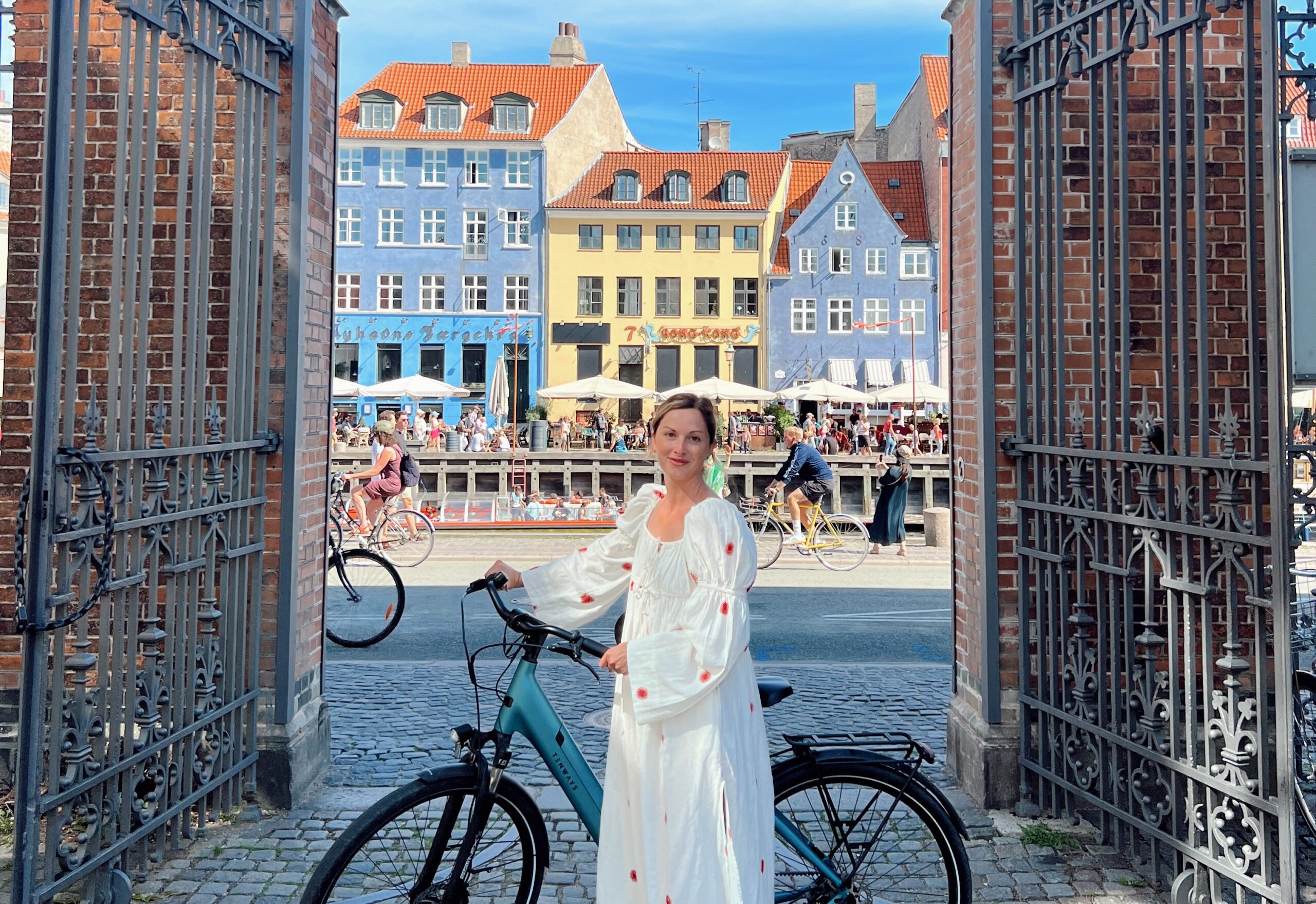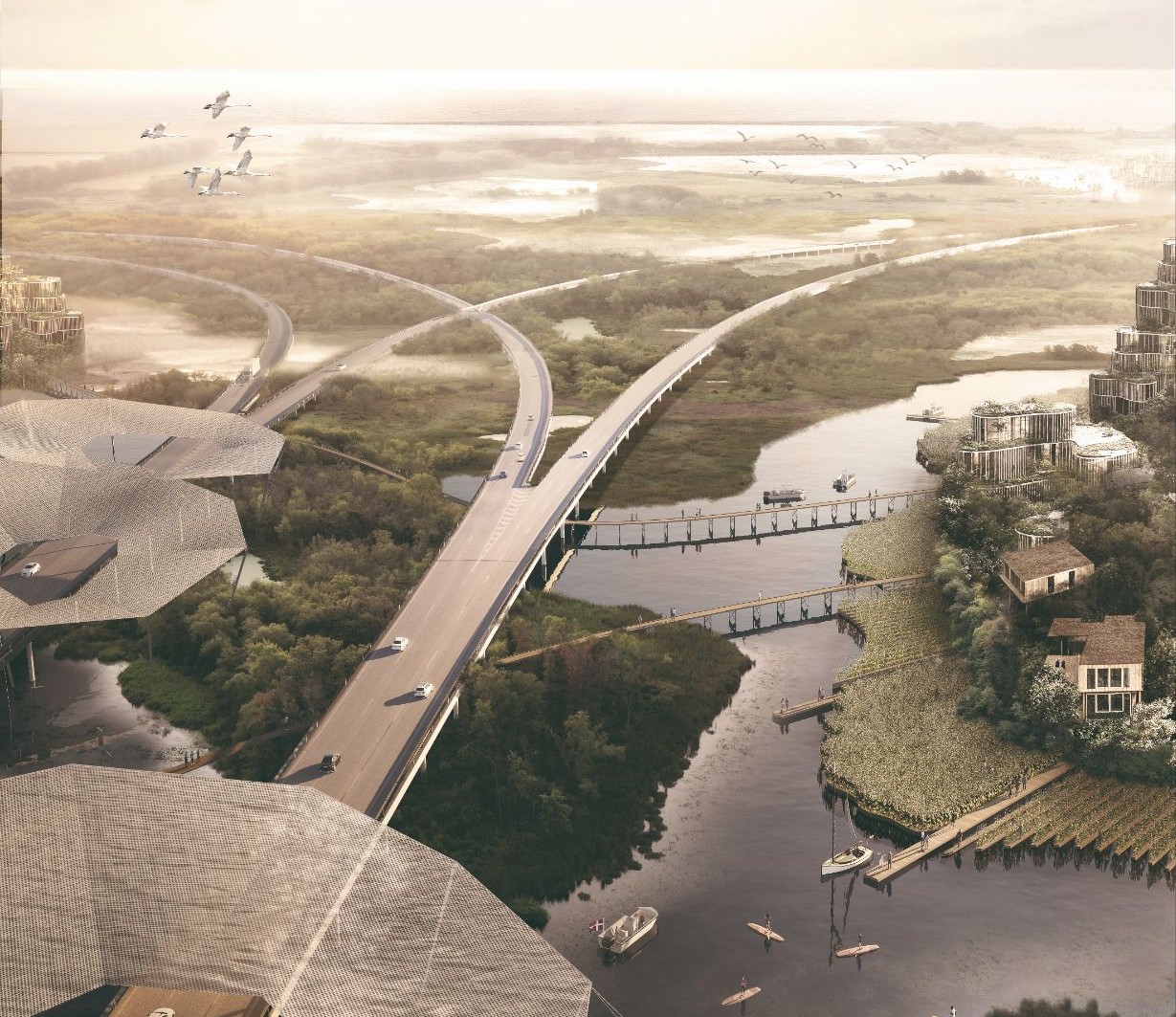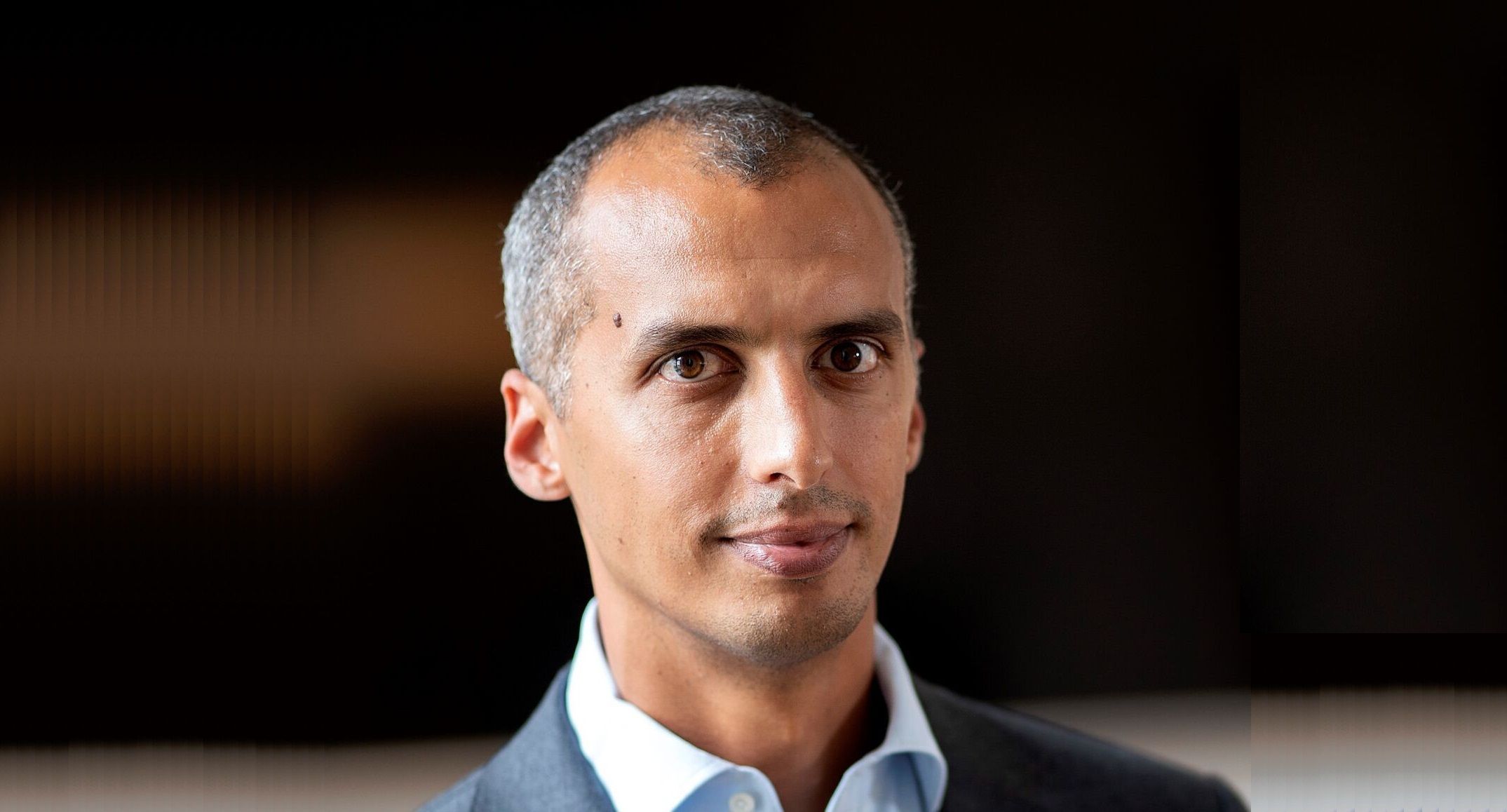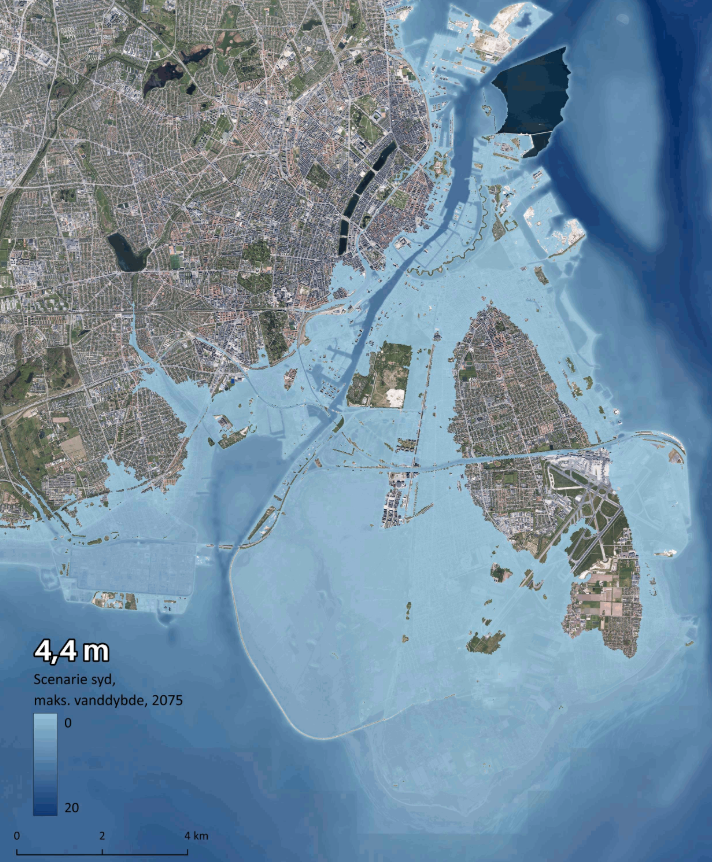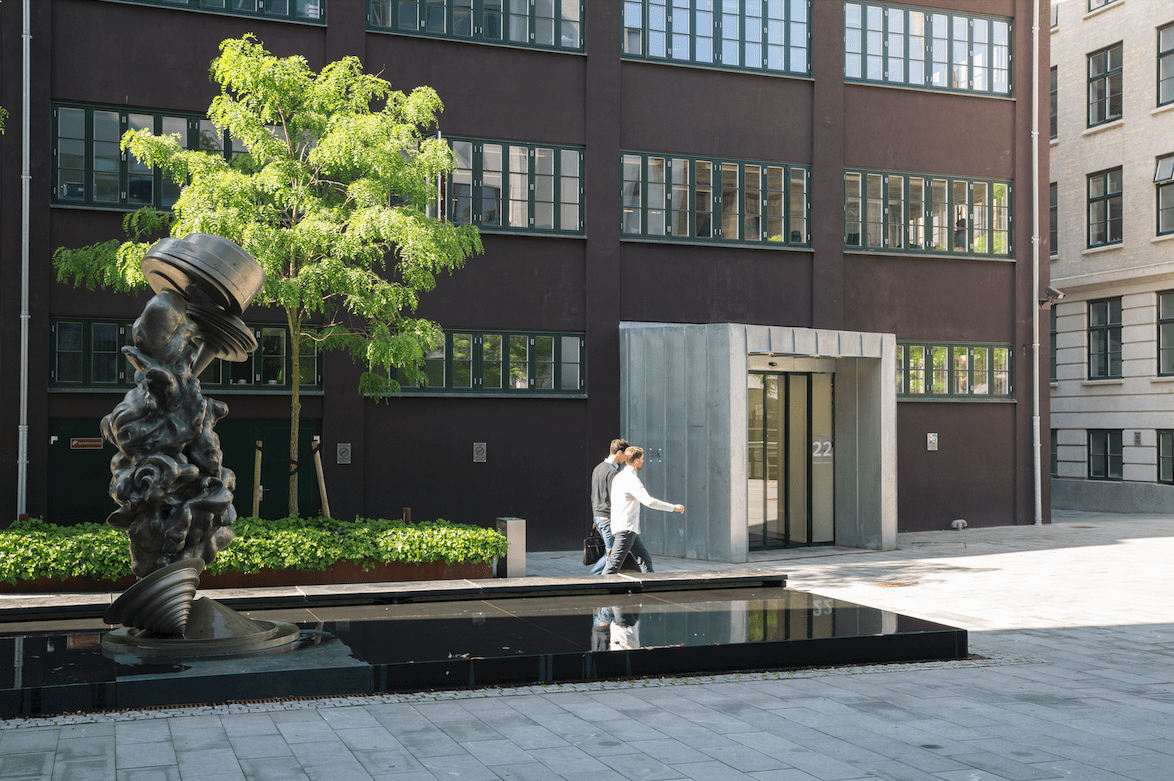On this fateful day, prime minster Theresa May formally triggered Article 50, which will start the final negotiations for the UK’s divorce from the EU.
It is safe to say that whatever happens, it will have consequences for a significant number of people and some of those affected are British citizens living in Denmark. But who are they – and what does a typical expat Brit in Denmark look like – if there is such a thing?
According to figures from Danmarks Statistik, as of 1 January 2017, there were more than 17,000 British subjects in Denmark.
READ ALSO: More Brits wanting Danish citizenship in wake of Brexit
And what do you do?
As to what they do here, 5,105 came to Denmark for more than 20 years ago, so no data on their occupation or work status is available.
However, of the other 12,451, 4,535 are here to work, whilst 1,335 are studying. The remaining 6,581 are here for other reasons – perhaps because of family reunification in the form of marriage, or living together in another form of relationship.
Although British citizens as a group on average have proportionally high incomes, there are a large number with relatively low incomes.
In 2015, 19.9 percent were among the 10 percent in Denmark with the lowest incomes. On the other hand, Brits were over-represented at the higher end: 15 percent were among the 10 percent of people in Denmark with the highest incomes.
Compared to Danes, Brits are to a higher degree self-employed, highly-paid earners or unemployed. There are 6.3 percent of Brits who are self-employed, as opposed to 4.3 percent of Danes. Rather fewer Danes proportionately are unemployed: 16.2 percent as opposed to 24.5 percent of Brits.
Love, actually
Unsurprisingly, many of them are married to Danes – over one third, in fact. Interestingly, the number of British citizens who are married to Danes is greatest among those who came before 1997; 3,156 of them are married to someone with Danish citizenship.
Finally, regarding demographics, the number of British citizens in Denmark between 20 and 64 is proportionately higher than the number of Danes in the same age-groups. On the other hand, proportionately more children and young people, as well as those over 64, can be found in the Danish group.



